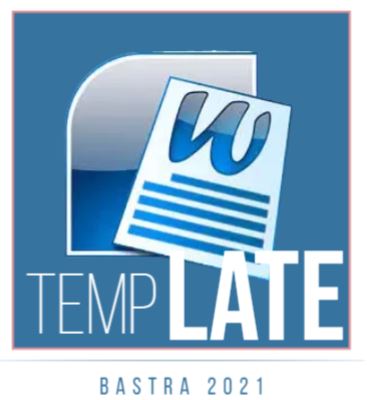PENALARAN DALAM ESAI MAHASISWA UNIPA SURABAYA
Keywords:
reasoning paragraph, essay, students of PGSD 2015Abstract
This article aims at describing reasoning essay in paragraph of the students of PGSD2015 Unipa Surabaya. The approach used in this article is descriptive qualitative in which the data collection used library and documentation methods. The data collection procedures in this research are (1) essay collection, (2) codification of students’ names, (3) categorization of the students’ data using reasoning paragraph, (4) data management, (5) calculation of the result percentage. The data analysis of this research uses qualitative descriptive. It means that it only describes the reasoning paragraph. The stages used in this analysis are (1) data collection, (2) data classification, and (3) interpretation. The validity of this research usesobservation perseverance technique, triangulation, and peer review. The result of this analysis is found the use of deductive and inductive reasoning. In using both reasonings, the students of PGSD 2015 are good.
Downloads
Published
How to Cite
Issue
Section
License
Authors who publish with PENTAS agree to the following terms:
Authors retain copyright and grant the Engagement right of first publication with the work simultaneously licensed under a Creative Commons Attribution License (CC BY-SA 4.0) that allows others to share (copy and redistribute the material in any medium or format) and adapt (remix, transform, and build upon the material) the work for any purpose, even commercially with an acknowledgement of the work's authorship and initial publication in BASTRA.
Authors are able to enter into separate, additional contractual arrangements for the non-exclusive distribution of the journal's published version of the work (e.g., post it to an institutional repository or publish it in a book), with an acknowledgement of its initial publication in BASTRA.
Authors are permitted and encouraged to post their work online (e.g., in institutional repositories or on their website) prior to and during the submission process, as it can lead to productive exchanges, as well as earlier and greater citation of published work (See The Effect of Open Access).

This work is licensed under a Creative Commons Attribution-ShareAlike 4.0 International License.








